The Microstat (3D Clinostat)
I designed and built a compact 3D Clinostat, which I call the Microstat, for ground-based microgravity research and experimentation. Developed as part of the broader NeuroCube project, the Microstat enables researchers to simulate microgravity conditions on the ground.
The Microstat’s dual-axis system rotates the primary axis at 20 RPM and the secondary axis at 7.5 RPM, allowing continuous three-dimensional rotation to effectively average gravitational vectors over time. The unit occupies approximately 350 × 300 × 320 mm when fully assembled and operates on a reliable 12V, 5A power supply. It is engineered to function within laboratory incubators at temps up to 110 degrees Fahrenheit, expanding its utility for long-duration cell culture and biological experiments that require controlled thermal environments. Due to the sensitive nature of mammalian brain cells, our stakeholders need the Microstat to be autoclavable. So, modifications were needed so the hardware can survive 300 degrees Fahrenheit for at least two hours. Additionally, a biologically-compatible material is required, which narrowed down material selections to stainless steel. Below is my final iteration of the Stainless Microstat.
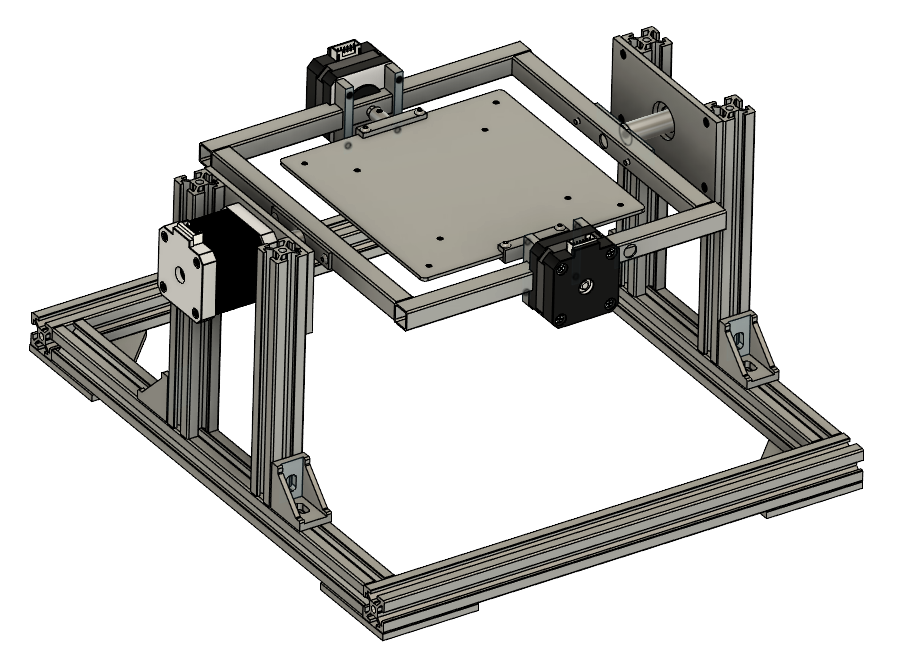
For build instructions, technical details, and source files, please visit the project repository on GitHub. For orders, collaborations, or inquiries, I can be reached directly at david.krupp@uga.edu.
Microenvironment for Space Biology Payloads

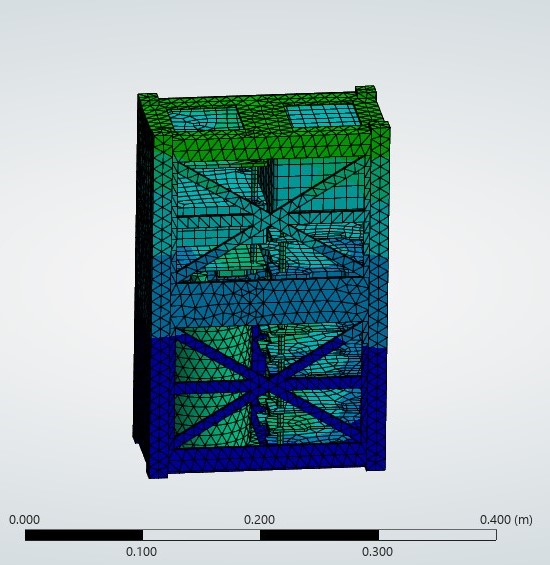
NeuroCube is a NASA-funded small satellite (6U CubeSat) experiment designed to study neuronal behavior in microgravity. I served as the primary Mission Specialist and lead architect for the experimental platform, coordinating between the Small Satellite Research Lab, the Center for Geospatial Research, and the Regenerative Bioscience Center at the University of Georgia. I designed the overall 6U satellite architecture along with the BioChamber, a compact pressurized enclosure for housing cell cultures in Low Earth Orbit, and developed a 2D gantry system for a moving Miniscope to capture high-resolution imaging of 25 individual neuronal cultures during flight. This project supports space biology research and contributes to understanding how microgravity impacts cellular systems.
Optimizing Neural Radiance Fields for Satellite Image Reconstruction through Solar-Informed Volume Rendering
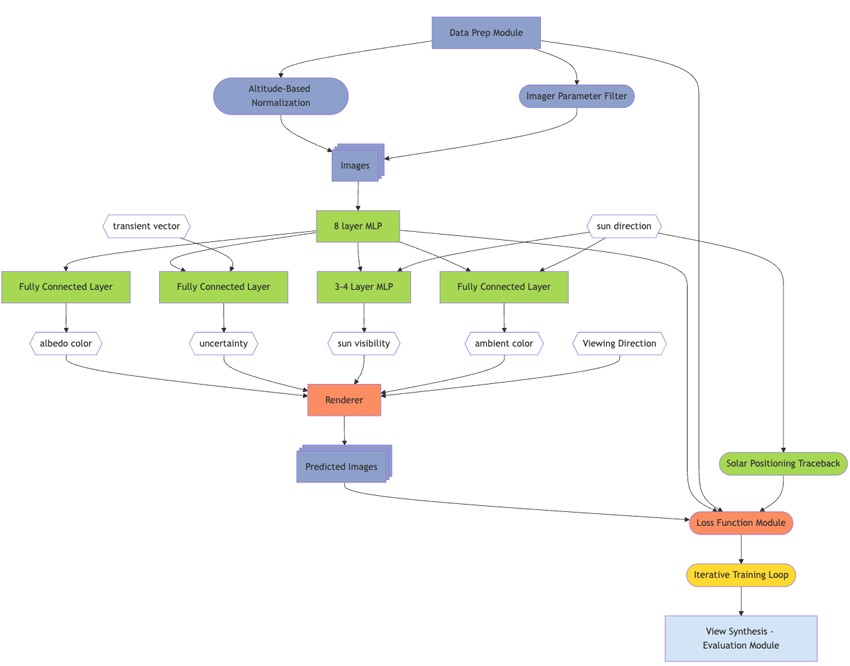
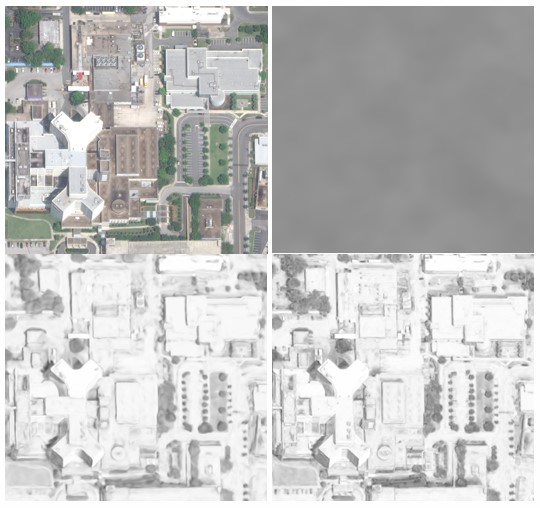
As part of my research at the University of Georgia’s Small Satellite Research Lab, I, along with my team, developed an improved Neural Radiance Fields (NeRF) approach designed specifically for satellite image reconstruction. Traditional NeRFs rely on multi-angle, consistently lit images, which are rarely available in satellite remote sensing. To address this, our team introduced physics-based solar ray tracing and integrated the Blinn-Phong shading model into the rendering pipeline, allowing the model to account for the sun’s position and realistic surface reflectance. We tested this “Enhanced-Sat-NeRF” on real satellite data from WorldView-3 and compared it to Sat-NeRF and EO-NeRF baselines. Our results showed that Enhanced-Sat-NeRF produced comparable final reconstruction quality (mean PSNR ~27.2) while achieving more stable performance during early training stages, with reduced standard deviation in PSNR. Although final accuracy gains were not statistically significant, the early consistency suggests potential for better generalization across diverse terrains and seasonal lighting conditions. This work supports more accurate digital elevation models and urban mapping, with applications in land use analysis and biomass estimation in vulnerable ecosystems.
CLEAR-1: CubeSat for Local Emissions Air Reconnaissance
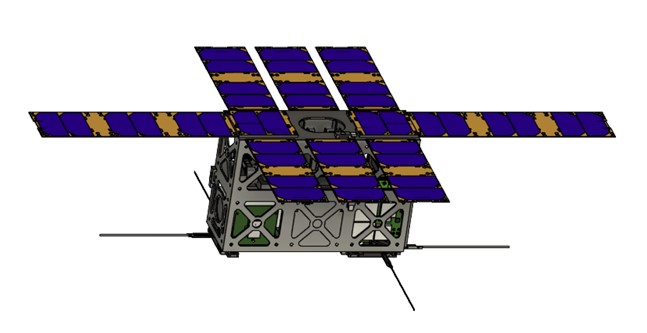
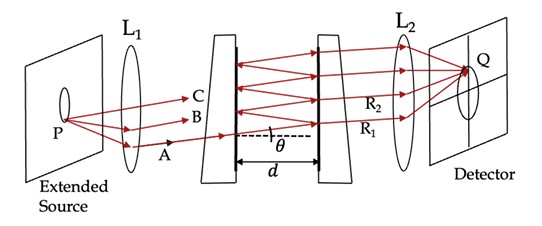
CLEAR-1 is a 6U CubeSat mission I designed and planned as my final Undergraduate project for the CubeSat Design course. CLEAR-1 is focused on detecting urban air pollutants from low Earth orbit. I designed the mission architecture around a MEMS-tunable Fabry-Pérot interferometer, enabling multi-gas detection (CH₄, NO₂, SO₂, CO) with onboard spectral analysis using an NVIDIA Jetson GPU. CLEAR-1 represents a novel, modular approach to space-based air quality monitoring, scalable for future environmental constellations. This project was inspired by Dr. Greg Rieker's research after giving a Frequency Comb Spectroscopy lecture to my graduate level combustion course during the Spring of 2025. Below you can view my very detailed final report complete with payload design specifics, all the way to mission CONOPS.
NASA: Landing System for Hypothesized Surfaces
As part of my senior design project, I led a team in the development of a conceptual landing system designed to operate on the surface of the asteroid 16 Psyche. This project was completed in collaboration with Dr. Cassie Bowman of Arizona State University through NASA’s Psyche Student Collaborations initiative. The objective was to design a system capable of safely delivering and securing a scientific payload on a surface with highly uncertain material properties and minimal gravitational influence.

The proposed system employs extendable static spikes that penetrate the asteroid surface and inject a chemically curing resin to anchor the lander in place. To accommodate a wide range of surface conditions from loose regolith to metallic bedrock, the design integrates adjustable hydraulic supports, honeycomb impact absorption structures, and a thrust module array for precise descent and attitude control.
My primary contributions included leading the overall system design effort, generating detailed CAD models, conducting stress analyses for critical structural components, and developing the spike extension and resin deployment mechanisms. The final design draws on lessons learned from previous small-body missions while introducing an innovative anchoring strategy that demonstrates a feasible path forward for surface operations on small, irregular celestial bodies such as Psyche.
Vibration Table Controller

I designed and built a multifaceted controller for the UGA SSRL’s Ling Dynamic Systems amplifier and shakers. Designed software to operate the table in Manual, Sine Sweep, Random, Sine-on-Random (SoR), Resonance Dwell, and Shock Modes. This project was taken on as a Master’s level non-thesis requirement towards graduation with a Master of Science in Engineering. This project is still ongoing as of Fall 2025, check back here soon for updated details and build information.